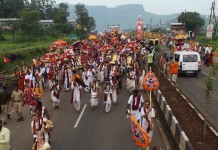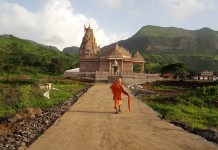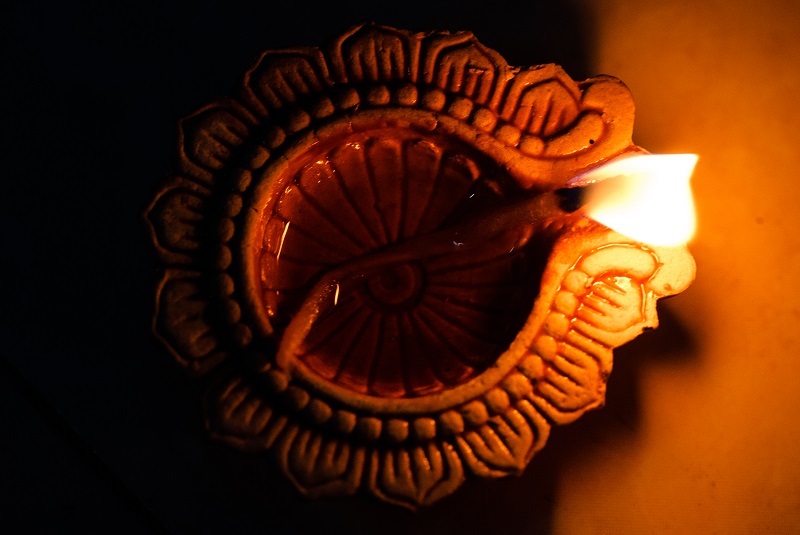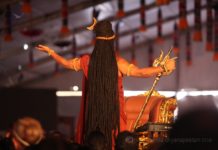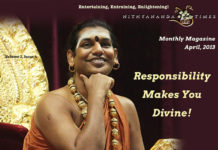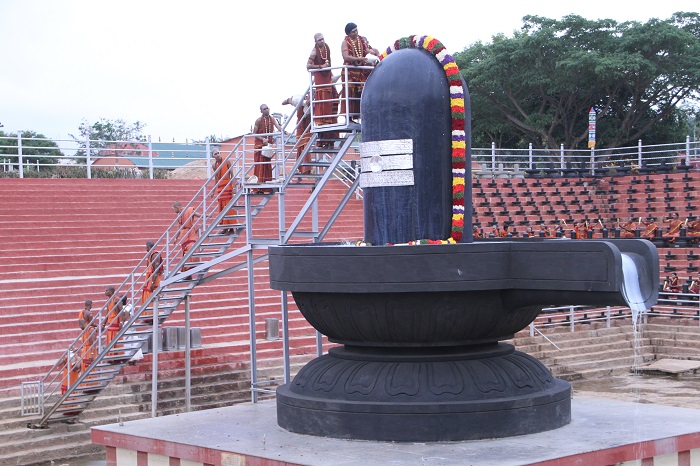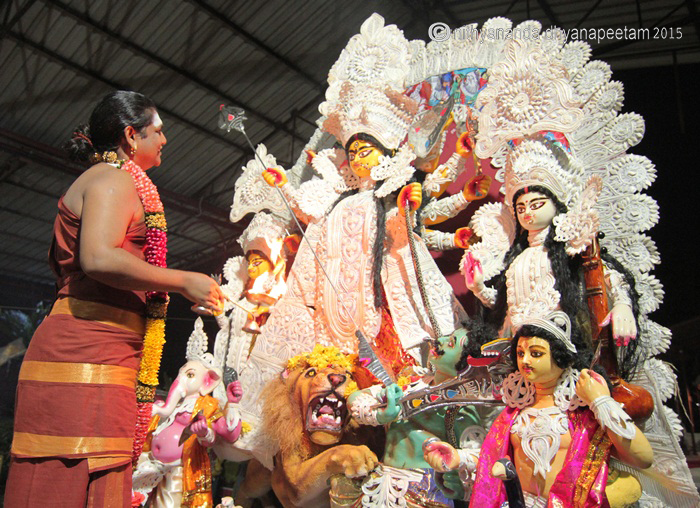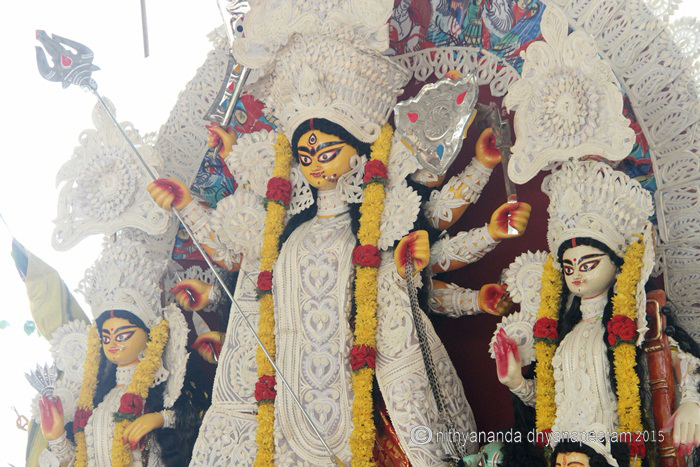Lord Shiva is an embodiment of the four tattvas (principles). He is pure, intense life energy. The Shiva linga – or the aroop roopa (formless form) of Shiva – signifies the tattva of responsibility and leadership in the formless form of Shiva. The Shiva linga has four parts – the base, which is like a frustum of a cone, represents the tattva of integrity. The part above that which is a mirror image of the base represents the tattva of authenticity. The baana or the column represents responsibility, and the yoni peetha or the gomukha from where the water falls off, represents enriching.
The first Shiva linga was the Arunachala hill, which was created when Shiva emerged as a column of light shaft, out of the consciousness of responsibility. Lord Brahma represents integrity and Lord Vishnu represents authenticity and expansion. When there was a clash between Lord Brahma and Lord Vishnu, Lord Shiva emerged as a shaft of light, taking responsibility for their inauthenticity. The Skanda purana explains how Lord Brahma and Lord Vishnu had been fighting for years, because of which the world was getting destroyed. Lord Shiva emerged and said – “Who amongst you sees either my feet or my head, my beginning or my end, is dear to me.” In the end, when neither of them succeeded, Lord Shiva made them realize their inauthenticity. Thus, peace in the cosmos was restored. When Lord Shiva took the responsibility, He became the leader for Lord Brahma and Lord Vishnu.
Even though Lord Shiva was not the reason for the fight between them, He took responsibility for it. There are many situations, where someone may not be the reason for the conflict, but if he or she takes responsibility for the situation, immediately they will be able to be successful in it. Unfortunately, when in conflict, people are not able to take responsibility, whereas that is the time when they need to take responsibility. At this time, some external force is needed to raise their inner space.
Worshiping Lord Shiva is nothing but connecting to His energy, which directly infuses the space of responsibility in the worshiper, and makes leadership happen in the person offering the worship. When someone worships Lord Shiva in the form of a Shiva linga in the Rudrabhishekam, they are connecting with divine energy of Lord Shiva, which will give the worshiper the clarity to resolve the conflict by taking responsibility and create life as he or she wants. Rudrabhishekam is one perfect way of taking control over situations in life and completing conflicts in life. Shiva linga is an embodiment of the whole, and human beings are parts of the whole. When someone connects with the Whole, any of the incompletions they may have get fulfilled because of the totality of the Whole.

